On Friday, March 8, 2024, Clemson University and Moseley Architects celebrated the groundbreaking of the new four-story, 85,000-square-foot Forestry and Environmental Conservation (FEC) facility. Upon completion in December 2025, the $68.3 million facility will be the first mass timber academic building on the university’s campus.
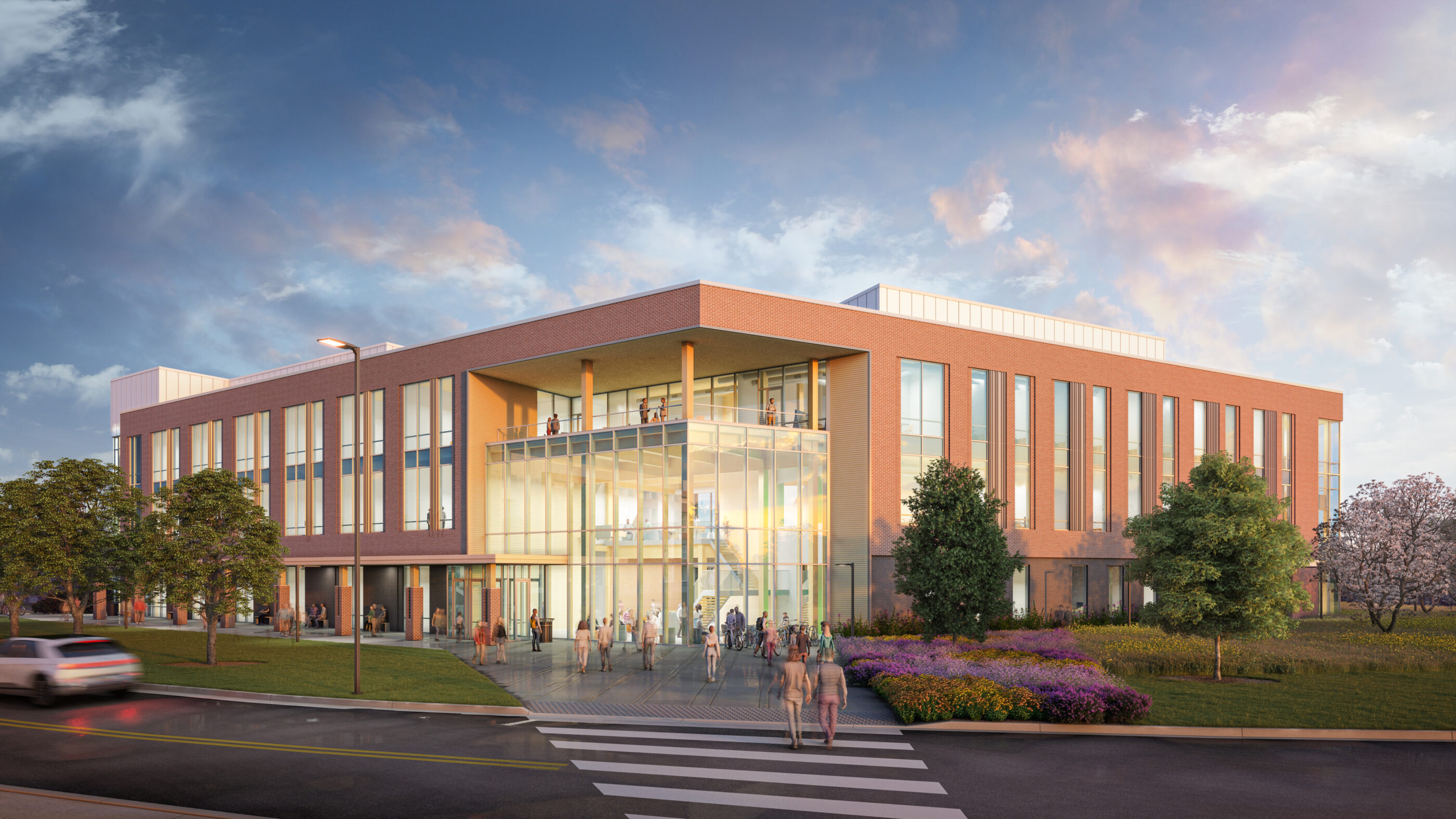
The building will serve as a central hub for the Department of Forestry and Environmental Conservation, housing classrooms, laboratories, collaboration spaces, offices and support areas.
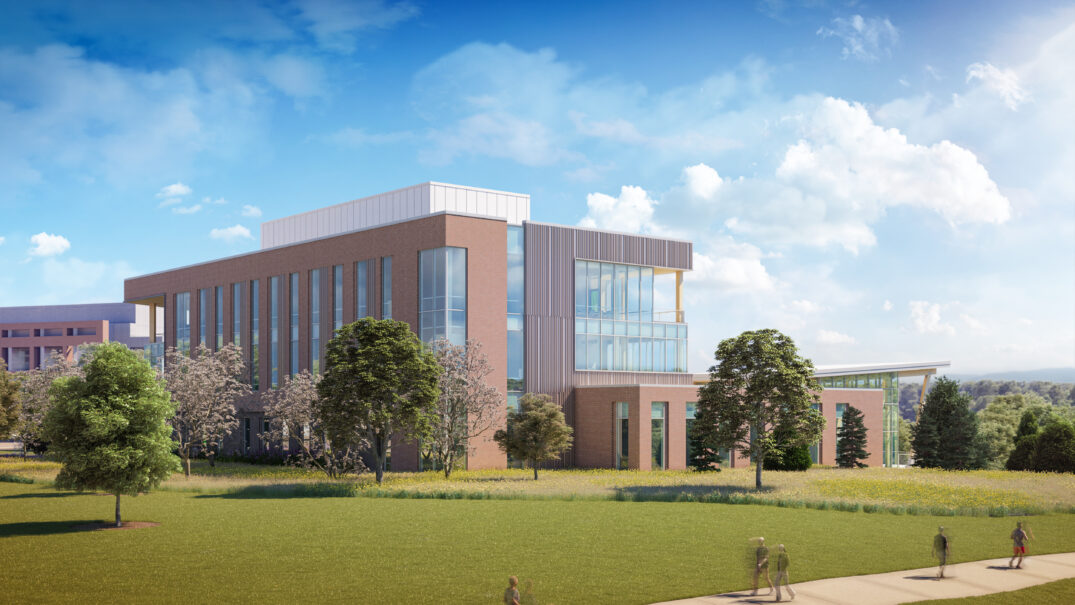
The campus-facing façade complements the surrounding architecture, while the street-facing façade adopts the same proportions but features custom corrugated metal panels. This dynamic material shift not only reduces structural load compared to brick, but also accentuates vertical lines that echo the geometric rhythms of a forest.
The landscape will be an integral teaching tool to supplement the learning environments within the building. The site features a sweeping accessible pathway cutting through a designated experimental garden and an arboretum maintained by the FEC department to a creek where students can conduct research.
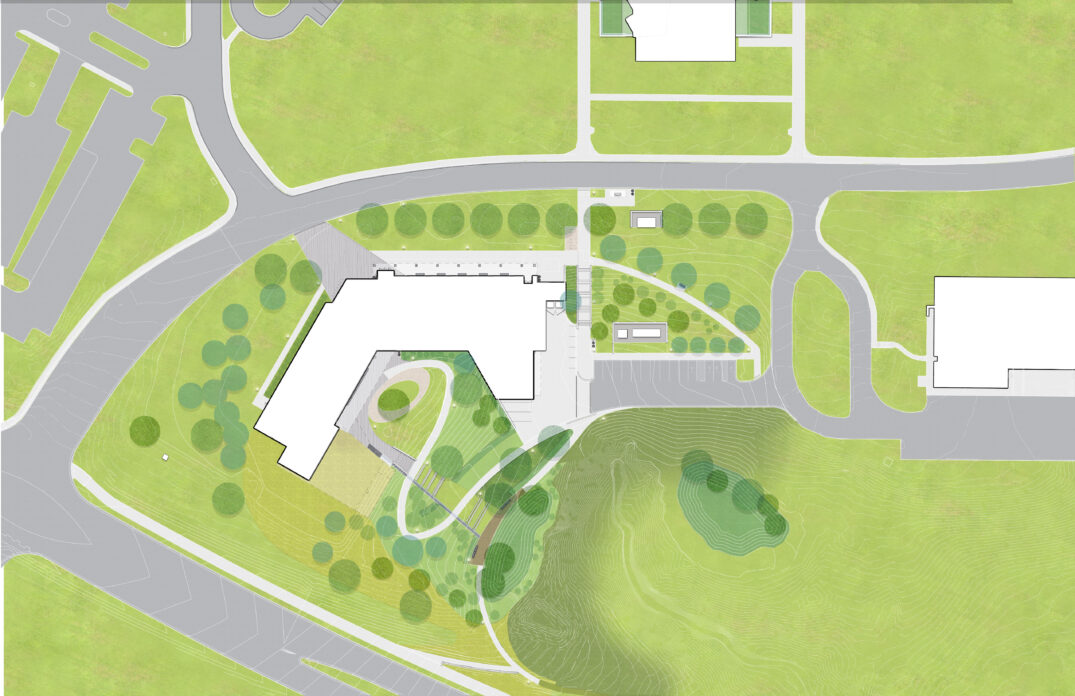
Mass Timber Design
The FEC building is Clemson’s third mass timber structure, including Andy Quattlebaum Outdoor Recreation Center and the Samuel J. Cadden Chapel, and its first academic building. The incorporation of mass timber as both structural and aesthetic components honors and enriches the programs of study it will house.
“This building is about celebrating wood, not just as a material, but as a beautiful, warm, and inviting finish,” said Managing Principal Suzanne McDade. “Mass timber allows us to bring the outdoors in, providing a biophilic experience that has proven wellness benefits for building occupants.”
The site’s curved boundary is contoured and defined by two angular wings that converge to form a vibrant lobby, demonstrating mass timber’s flexibility to adapt to complex, non-rectilinear plots. Prefabricated mass timber components will be assembled on-site, allowing for an accelerated construction timeline and reduction in waste.
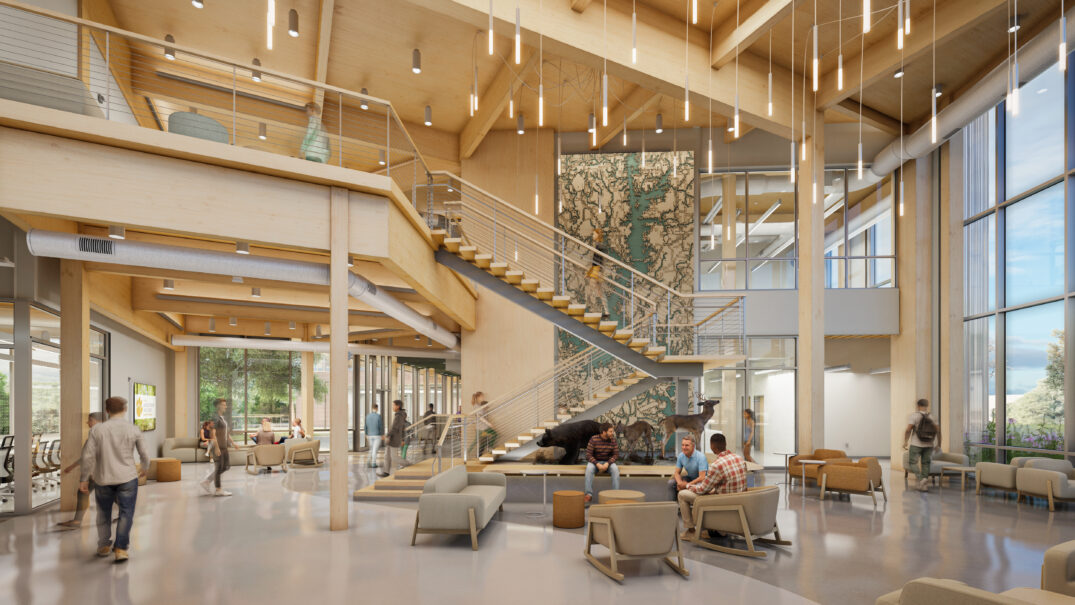
The use of southern yellow pine, sourced from local sustainable forests, showcases Clemson’s dedication to supporting regional ecological practices and industries.
Sustainability
In line with Clemson’s sustainability ethos, the mass timber structure offers significant environmental advantages, such as reduced embodied carbon compared to traditional building materials like steel and concrete.
The design team leveraged the building’s location on a former parking lot to minimize land impact, enhance tree canopy coverage, and reduce urban heat island effects. The site lighting will be sensitive to nighttime light pollution and will implement restrictions on backlight, uplight and glare from exterior fixtures.
The FEC building will serve as a living laboratory for students in architecture, engineering, construction management and environmental studies. Educational placards, energy modeling and a proposed building dashboard will allow students to track the building’s carbon life cycle and ongoing performance.
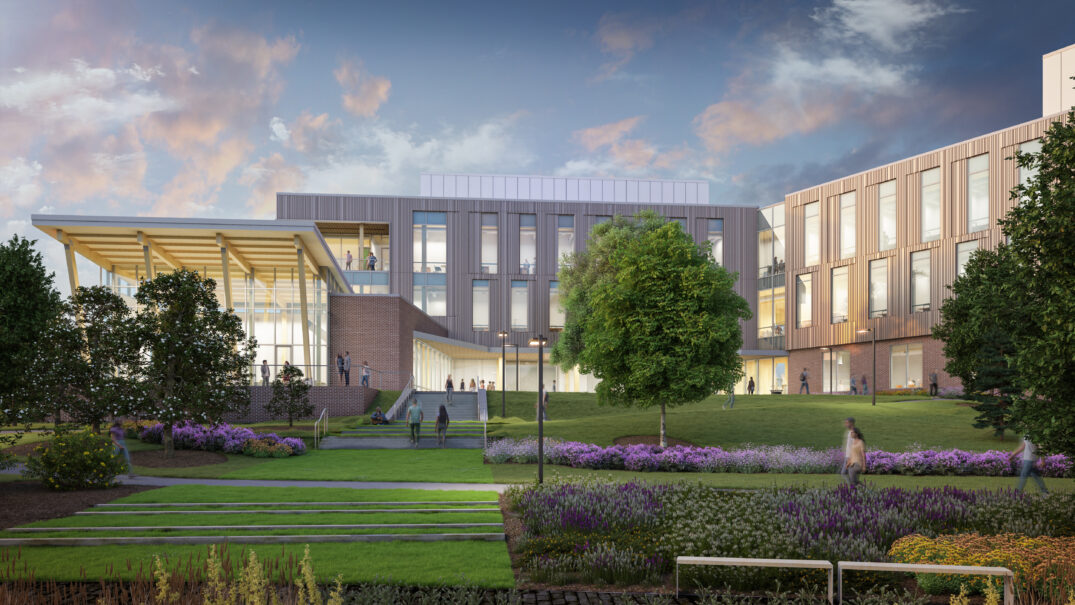
Supporting FEC Department Growth
Replacing the Lehotsky Hall Agricultural Quadrangle (Ag Quad), the new facility corresponds with burgeoning student enrollment and investment in the Department of Forestry and Environmental Conservation. Its undergraduate and Ph.D. enrollment have reached record highs and research funding skyrocketed to more than $20 million last year from $2.6 million in 2020.
“With this new building, our faculty, staff, and students will have a physical space within which we can meet the expanding and ever-changing needs of the forest industry and natural resource management professions,” said Department Chair Todd Petty.
Supporting South Carolina
Spaces for teaching and learning about agriculture and forestry are vital for the citizens of South Carolina, where agribusiness is the state’s largest economic sector and fastest-growing industries, expanding by 40% between 2010 and 2020.
“This is an exciting and monumental day for our students, faculty and staff and for the citizens of South Carolina who depend on the management and sustainability of South Carolina’s forests and the conservation of our natural resources,” said Greg Yarrow, interim dean of the College of Agriculture, Forestry and Life Sciences (CAFLS).
“This building will be more than wood, bricks, and mortar; it will be a hub of innovation, research and education. It will help us lead into a sustainable future, where students and faculty alike come together to tackle the most pressing forestry, natural resources and environmental issues of our time.”